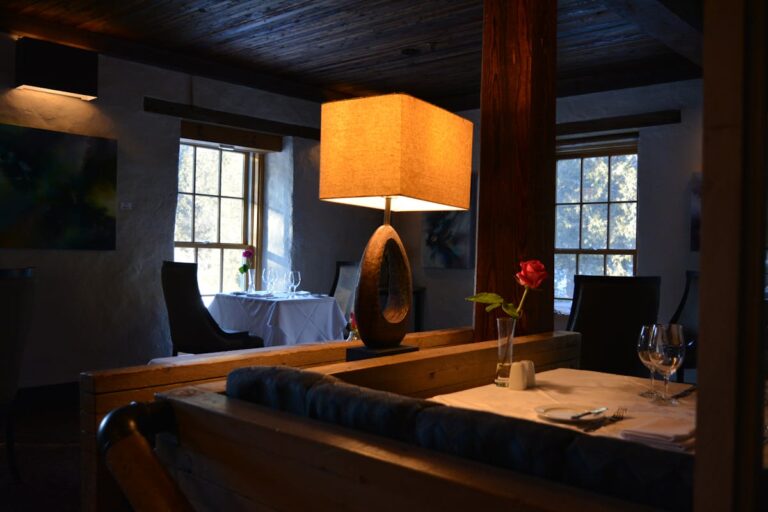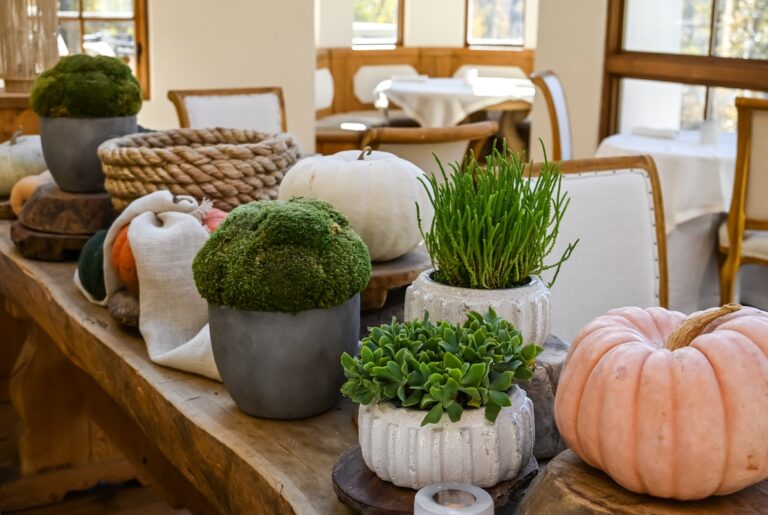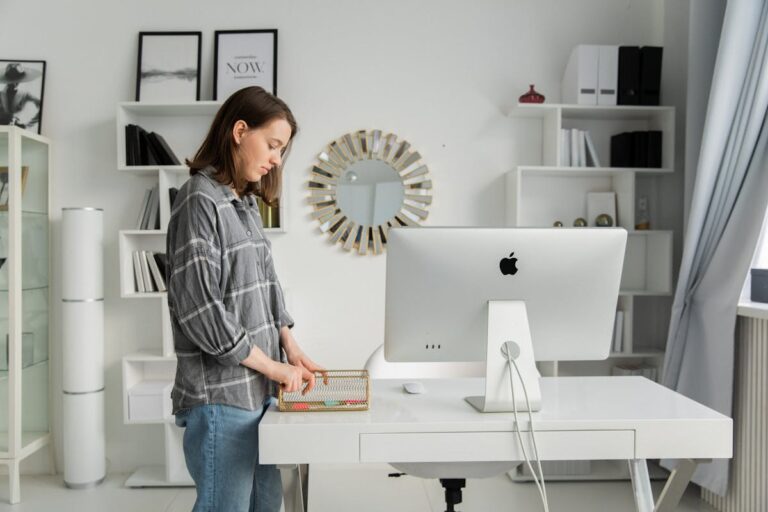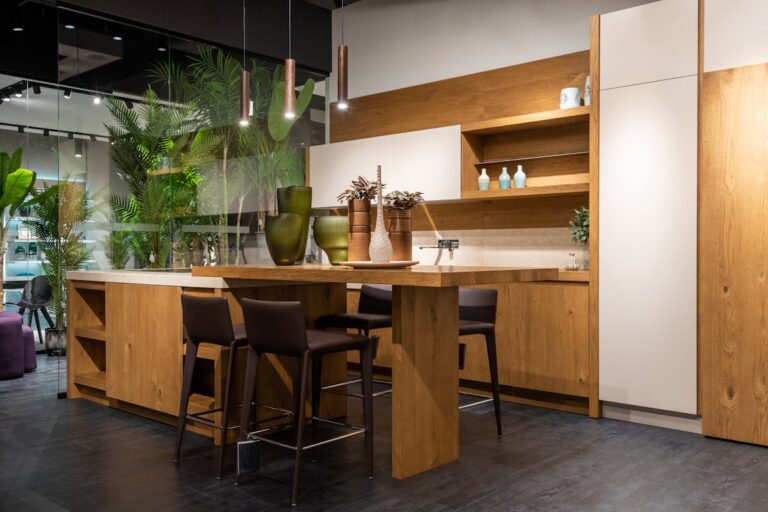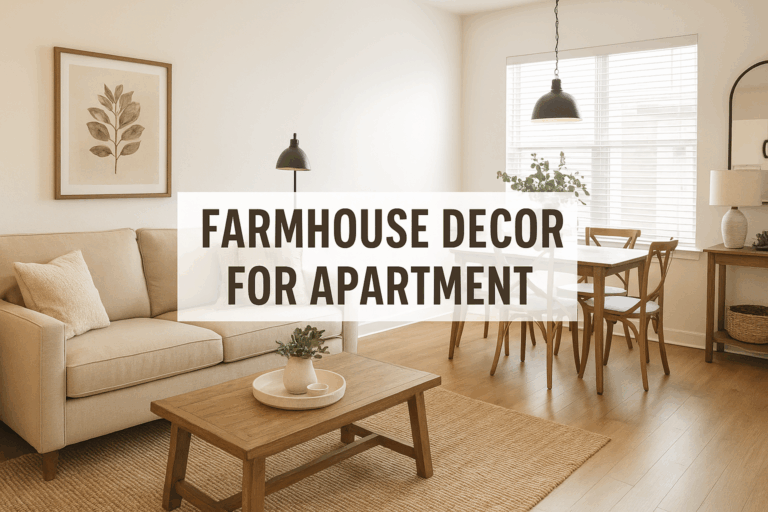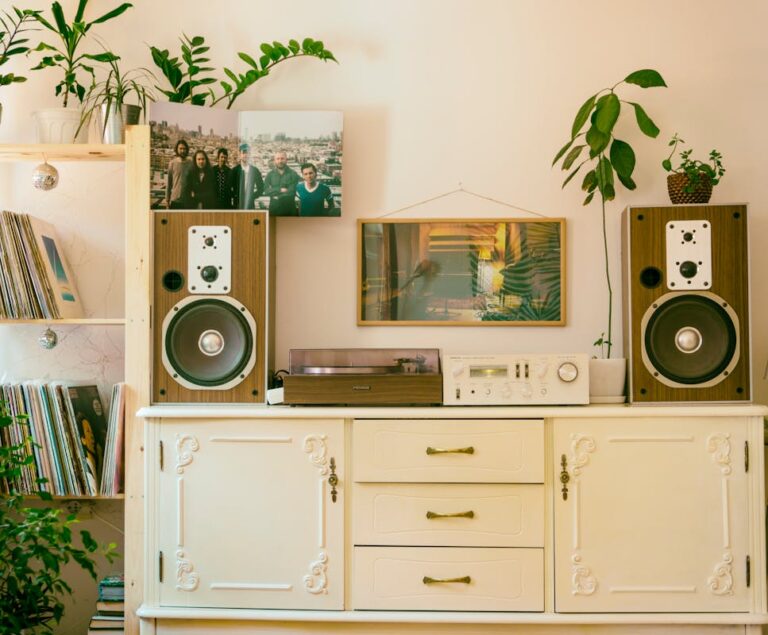Making Your Space Feel Like Home
Decorating your home is more than just arranging furniture and picking paint colors. It’s about creating a space that reflects who you are, feels inviting to others, and functions beautifully for your daily life. While professional interior designers often make it look effortless, the truth is that anyone can achieve a polished, stylish home with the right approach.
This guide is your starting point. Think of it as the blueprint to decorating like a pro without breaking the bank or feeling overwhelmed. We’ll cover everything from planning your layout and choosing colors to adding finishing touches that tie the whole space together. By the end, you’ll know how to transform your home step by step into a place you love spending time in.
Step 1: Understand Your Style
Before you buy a single item, you need to figure out what kind of look feels right for you. Professional decorators always begin with a style direction because it guides every decision afterward.
Popular Interior Styles:
| Style | Key Features | Best For |
|---|---|---|
| Modern | Clean lines, neutral tones, open spaces | People who prefer simplicity and minimal clutter |
| Traditional | Classic furniture, rich colors, elegant details | Homes with a formal and timeless atmosphere |
| Scandinavian | Light woods, neutral palettes, cozy textures | Those who love bright, airy spaces with warmth |
| Bohemian | Eclectic mix, layered textures, bold colors | Creative personalities and relaxed environments |
| Industrial | Raw finishes, exposed brick, metal accents | Lofts or anyone who likes a rugged, urban look |
| Coastal | Light blues, whites, natural fibers | Homes near water or anyone craving a breezy vibe |
Tip: Create a Pinterest board or folder on your phone where you save images that catch your eye. Over time, patterns emerge that reveal your true style.
Step 2: Start With a Plan
Designers don’t decorate by chance — they plan. That means measuring your rooms, understanding how you use them, and identifying what you want to improve.
Questions to Ask Yourself
- How do I use this room most? (Relaxing, entertaining, working, etc.)
- What’s missing? (Storage, light, comfort, style?)
- What frustrates me about it right now?
- What’s my budget range for this project?
Pro Tip: Sketch your room’s layout or use free apps like Floorplanner to visualize where furniture will go. This prevents costly mistakes like buying a sofa that won’t fit through the doorway.
Step 3: Master the Art of Color
Color is one of the most powerful tools in decorating. It sets the mood and can make a room feel larger, cozier, or more balanced.
Basic Color Rules Designers Swear By:
- 60-30-10 Rule: Use 60% of a dominant color (walls), 30% of a secondary color (furniture), and 10% of an accent color (pillows, art).
- Warm vs. Cool Tones: Warm colors (reds, oranges, yellows) add energy; cool colors (blues, greens) feel calm and soothing.
- Neutrals Are Timeless: Shades like beige, gray, and white provide flexibility. You can always layer in accents later.
| Room | Recommended Colors | Effect |
|---|---|---|
| Living Room | Neutral base + bold accents | Welcoming and lively |
| Bedroom | Soft blues, greens, neutrals | Calming and restful |
| Kitchen | Whites, grays, light yellows | Clean and fresh |
| Bathroom | Crisp whites, aqua, pastels | Bright and airy |
| Home Office | Muted greens, blues | Focused and balanced |
Example: A beige sofa, navy blue armchairs, and mustard yellow throw pillows follow the 60-30-10 rule perfectly.
Step 4: Furniture Placement Like a Pro
Furniture can make or break a room. Designers think about scale, flow, and function before arranging anything.
Key Principles
- Don’t Push Everything Against the Wall: Floating furniture creates a cozy conversation area.
- Scale Matters: Oversized furniture in a small room makes it cramped. Undersized pieces in a big room look lost.
- Anchor With Rugs: A rug defines the space and should be big enough that at least the front legs of furniture rest on it.
| Room | Common Mistake | Pro Fix |
|---|---|---|
| Living Room | Sofa too far from TV or fireplace | Arrange seating around a focal point |
| Bedroom | Bed pushed awkwardly in a corner | Center the bed on the main wall |
| Dining Room | Table too small for space | Choose a table proportional to room size |
Step 5: Lighting Like a Designer
Lighting sets the mood and enhances everything in the room. Designers use layers of light to make spaces feel balanced.
The Three Layers of Lighting
- Ambient Lighting – General light from ceiling fixtures or recessed lights.
- Task Lighting – Focused light for activities (desk lamps, reading lights).
- Accent Lighting – Adds drama or highlights (spotlights, wall sconces).
Tips for Perfect Lighting:
- Use dimmers to adjust brightness.
- Mix light sources — don’t rely on a single ceiling light.
- Place floor lamps in dark corners to open up the space.
Step 6: Accessories and Finishing Touches
This is where your personality shines. Accessories bring life to a room and make it feel complete.
Ideas That Work Every Time
- Throw pillows and blankets to add texture.
- Plants for freshness and color.
- Artwork that reflects your personality.
- Mirrors to make small spaces feel larger.
Pro Tip: Odd numbers work better in décor. Three candles, five frames, or seven books look more natural than even sets.
Step 7: Storage That Doesn’t Look Like Storage
Professional decorators know how to hide clutter while keeping things functional.
Smart Storage Solutions
- Ottoman coffee tables with hidden compartments.
- Floating shelves for books and décor.
- Baskets that double as stylish accents.
- Built-in storage benches by windows or entryways.
Examples of Pro-Level Decorating Tricks
- Use Curtains High and Wide – Hang curtains close to the ceiling and extend beyond the window frame
- . This makes windows look larger.
- Layer Rugs – Place a smaller patterned rug over a large neutral one for dimension.
- Mix Textures – Combine leather, velvet, linen, and wood to add depth.
- Statement Lighting – A bold chandelier or pendant can instantly elevate a room.
- Group Artwork – Gallery walls create impact without needing expensive art.
Budget-Friendly Tips
Decorating like a pro doesn’t mean spending like one. Here’s how to get a high-end look without draining your
wallet.
| Trick | How It Works |
|---|---|
| DIY Wall Art | Frame fabric samples, photos, or prints. |
| Swap Hardware | Replace cabinet knobs with stylish new ones. |
| Paint Magic | A fresh coat of paint can completely transform a room. |
| Thrift Finds | Vintage shops often have unique, affordable treasures. |
| Repurpose | Turn old trunks into coffee tables or ladders into shelves. |
Real-Life Example: Transforming a Living Room
Imagine a plain living room with beige walls, a sagging sofa, and mismatched furniture. By applying pro tips:
- Step 1: Painted walls a soft gray (neutral base).
- Step 2: Added a navy blue sofa (secondary color) and mustard cushions (accent).
- Step 3: Floated the sofa away from the wall, anchored by a rug.
- Step 4: Installed layered lighting with a floor lamp and sconces.
- Step 5: Accessorized with a gallery wall, plants, and a mirror.
The result? A cohesive, polished space that looks designer-approved but was done on a modest budget.
Common Mistakes to Avoid
- Overcrowding with too much furniture.
- Buying everything from one store (rooms look flat).
- Skipping lighting variety.
- Forgetting personal touches — a home should tell your story.
Bringing It All Together
Decorating your home like a pro is less about following strict rules and more about learning the tricks that make spaces functional, balanced, and beautiful. Start by identifying your style, plan your space carefully, and then layer in colors, furniture, lighting, and accessories. Over time, you’ll develop an eye for what works — and your home will naturally evolve into a space that feels both stylish and personal.

